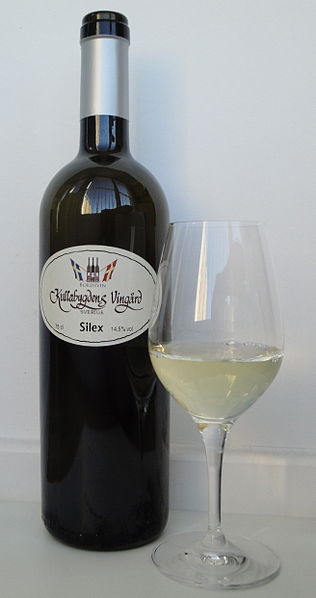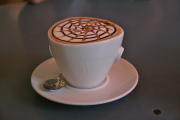
Sweden's vineyards are on a mission to establish themselves in the global wine industry. Far from traditional wine hubs like Bordeaux and Tuscany, a burgeoning winemaking scene is emerging
in Sweden, with the first generation of winemakers striving to create a unique niche.
Lena Magnergard, 64, who co-founded Selaon vineyard with her husband Erik Bjorkman, reflects on the challenges they face. "There are millions of techniques, and I don't have a grandfather or grandmother to ask. So we need to figure it out ourselves," Magnergard shared as she walked through the rows of grapevines at their vineyard, located an hour west of Stockholm.
The couple started the vineyard in 2019 on their family farm, making it the northernmost Swedish site to produce its own wine. Their first wine came out in 2021, but Magnergard, a trained sommelier, acknowledges that they are still learning the craft.
"Books can only teach you so much; generational knowledge is irreplaceable," she said, noting that they often look to France and its centuries-old winemaking traditions for guidance.
The rise of wineries this far north is due in part to the development of new grape breeds in the 1960s and 70s, such as Solaris, which is resistant to disease and the main grape grown at Selaon.
Cold Resistance and Rapid Growth
Magnergard explained that these new grapes have two key traits: they need less time between blooming and harvesting and they can handle cold well. This makes them ideal for the Nordic region, where summers are shorter and cooler.
In southern Sweden, on the Bjare peninsula, Solaris also dominates the 11-hectare Thora Vineyard, started in 2015 by a Swedish-American couple. They also grow Pinot Noir, which is unusual this far north due to its need for more heat.
French-born winemaker Romain Chichery, who works at Thora Vineyard, sees Sweden as "a new playground." Analyzing climatic data revealed the potential for many grape varieties, not just hybrids, he noted.
As climate change disrupts harvests in traditional wine regions, professional growers are looking further north. However, Sweden is not immune to climate variations. "We have extremes, just like everywhere else in Europe," Chichery observed.
Innovation and Freedom
Exploring this new frontier allows Swedish winemakers to break free from established rules. "We're free to do what we want. If I want to make a red with a little residual sugar, so a slightly sweet red, I can do that," Chichery said.
Sweden now hosts around 50 commercial vineyards, cultivating 200 hectares. While this is double the area from five years ago, it's still minuscule compared to the 800,000 hectares in France.
Murat "Murre" Sofrakis, a small vineyard owner in southern Sweden, sees immense potential for growth. "There are two kinds of people. One is the entrepreneur that sees opportunity here... and for the other people, it's like a lifestyle," he told AFP.
Towards Equal Competition
Sofrakis aims to invigorate the industry and believes recent changes in Sweden's strict alcohol monopoly could help. In June, the government proposed allowing breweries, distilleries, and winemakers to sell directly to customers visiting their operations. Currently, Swedes can only buy beverages with an alcohol content above 3.5 percent at state-run outlets or authorized rural retailers.
This proposal, which would allow winemakers to sell three liters of wine to visitors, is under review and expected to be implemented by mid-2025. "It's the first time we've been able to compete on equal terms with the rest of the wine world, and that's very important," Sofrakis said. He began his vineyard in 2001, just two years after the EU permitted commercial vine growing in Sweden.
"If we'd had this 20 years ago, Swedish winegrowing would be much bigger," he reflected.



































